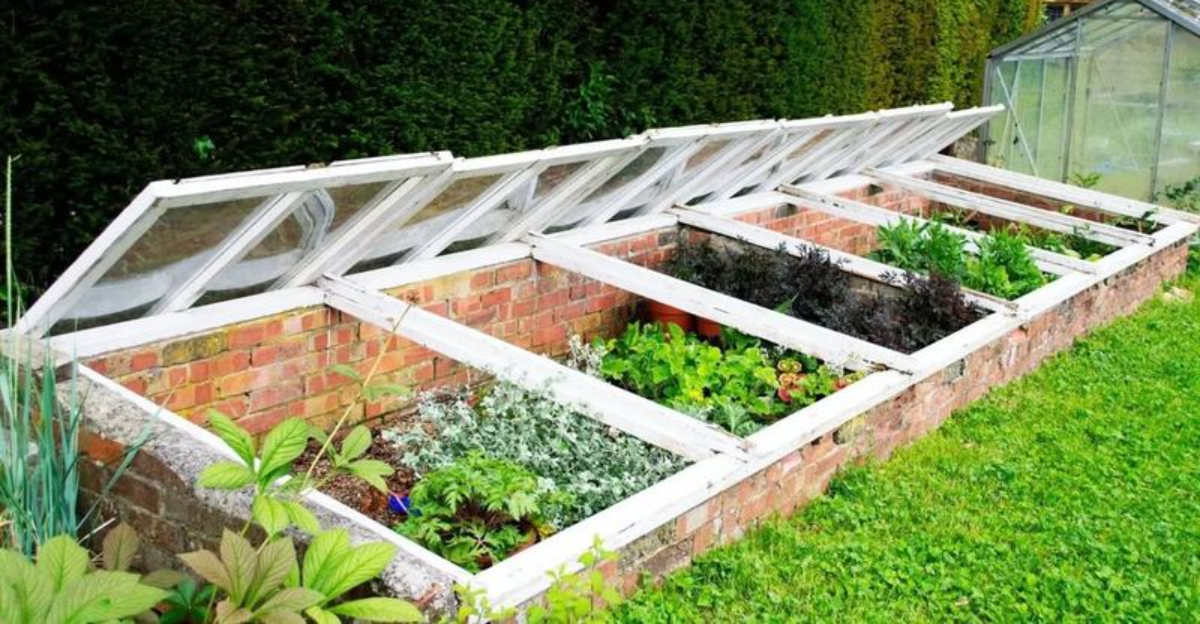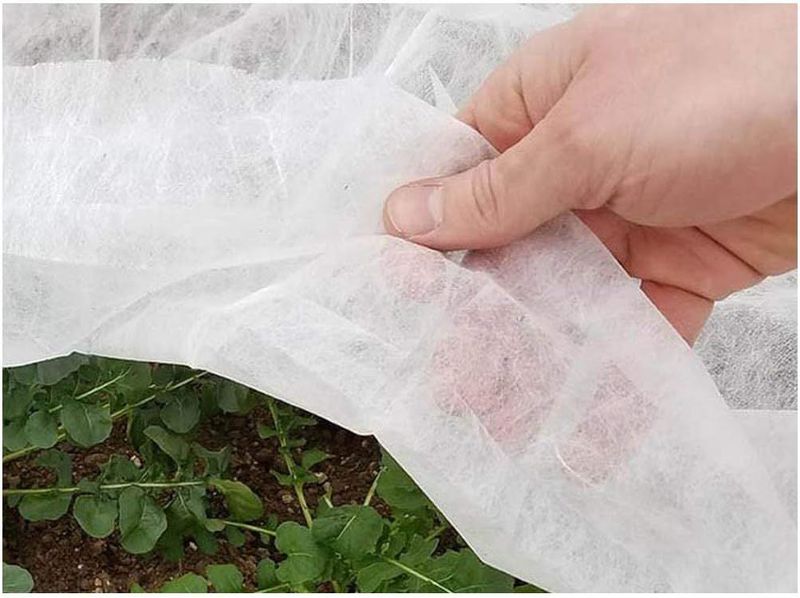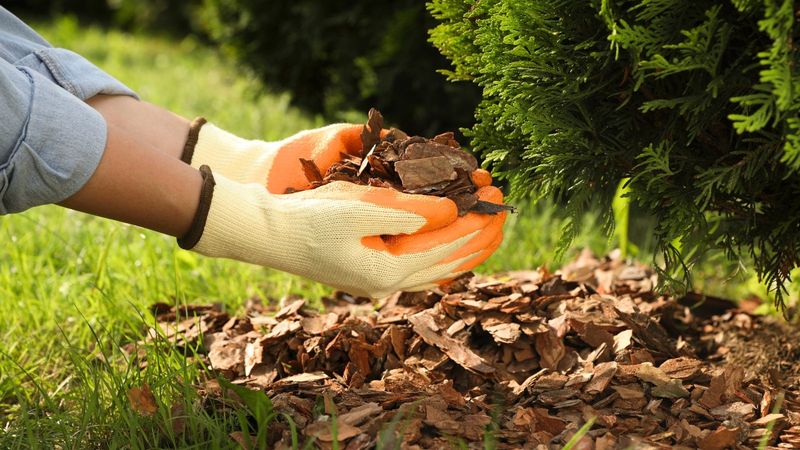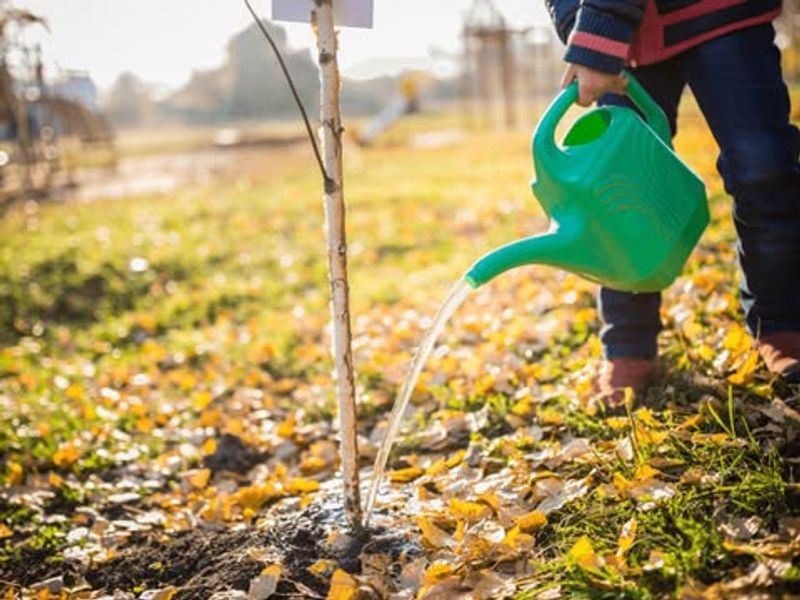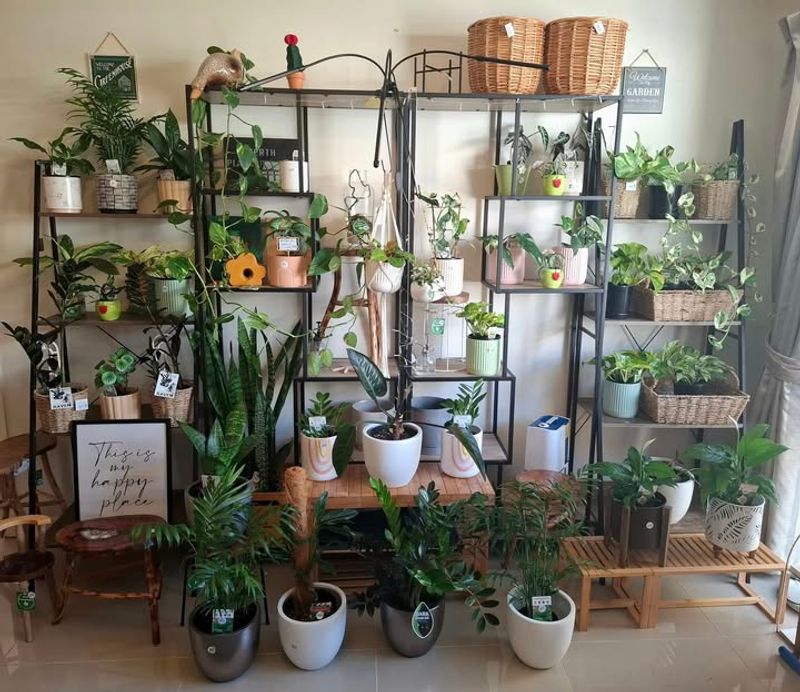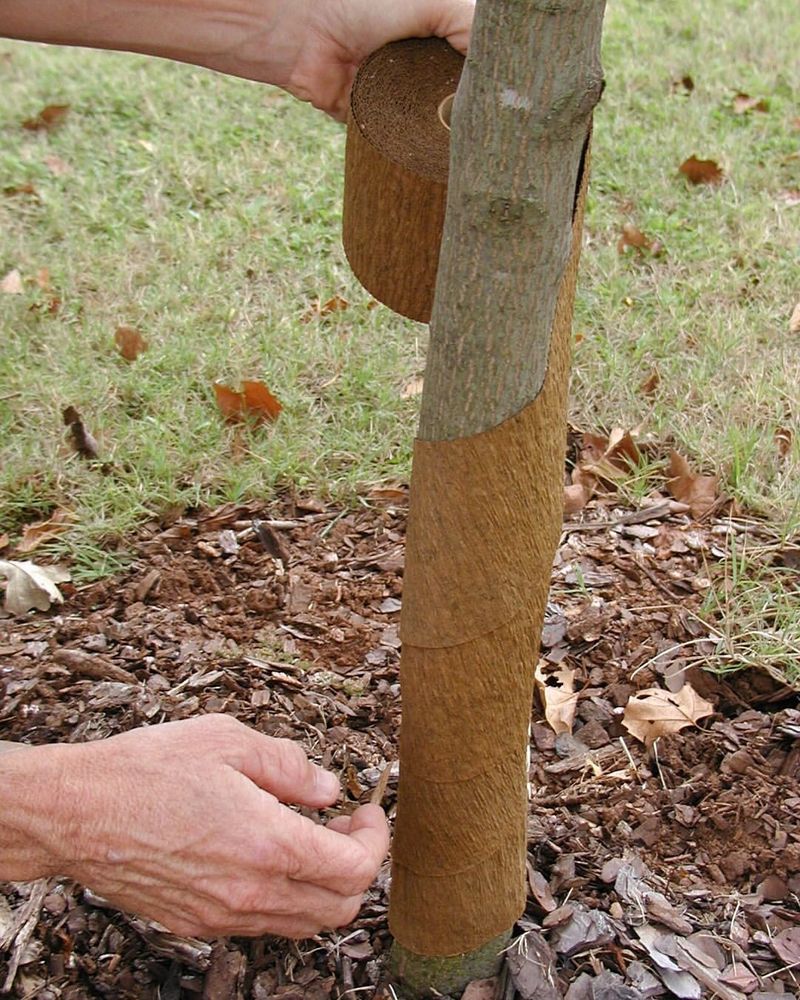A Thanksgiving freeze can sneak up fast in Nebraska, turning a peaceful late-fall garden into a patch of trouble overnight.
Cold snaps around the holiday have a knack for biting down hard, catching tender plants off guard just when they’re hanging on for the last stretch of the season. Gardeners who want to keep their beds from taking a hit often need to act before the frost settles in.
A few smart moves can keep blooms standing tall and veggies from calling it quits too soon. With the right touch, a late-fall garden can ride out the freeze without missing a beat.
1. Cover Plants With Frost Blankets Or Sheets
Frost blankets work like cozy jackets for your plants during cold snaps. Drape lightweight fabric or special frost cloth over vulnerable vegetables and flowers before sunset, making sure the material reaches the ground to trap warmth.
Avoid using plastic directly on leaves since it can cause freeze damage where it touches. Secure the edges with rocks or garden stakes so wind doesn’t blow your covers away overnight.
Remove the blankets each morning once temperatures rise above freezing to let plants breathe and receive sunlight.
2. Apply A Thick Layer Of Mulch Around Plant Bases
Mulch acts as an insulating blanket for plant roots, keeping soil temperatures more stable when freezing weather hits. Spread a generous layer of straw, shredded leaves, or wood chips around your plants, aiming for three to four inches deep.
Focus especially on perennials and newly planted specimens that haven’t established strong root systems yet. Pull the mulch a few inches away from plant stems to prevent rot and pest problems.
This protective layer also helps retain moisture and prevents soil from heaving during freeze-thaw cycles.
3. Water Your Garden Deeply Before A Hard Freeze
Believe it or not, moist soil holds heat better than dry ground, protecting roots from extreme cold. Give your Nebraska garden a good soaking a day or two before freezing temperatures arrive, making sure water penetrates several inches deep.
Wet soil releases heat slowly overnight, creating a slightly warmer microclimate around your plants. Skip this step if rain has already soaked the ground recently or if temperatures are already below freezing.
Well-hydrated plants also handle cold stress better than thirsty ones struggling with both drought and frost.
4. Bring Potted Plants And Containers Indoors
Container plants face greater danger from freezing since their roots have less insulation than in-ground plants. Move pots into your garage, basement, or a protected porch where temperatures stay above freezing.
Even unheated spaces offer enough protection if they shield plants from harsh winds and direct frost exposure. Group containers together for extra warmth, and place them away from cold windows.
Remember that indoor plants still need occasional watering and some natural light during their temporary stay, though they’ll need less than during summer months.
5. Harvest Cold-Sensitive Vegetables Immediately
Tomatoes, peppers, squash, and beans won’t survive a hard freeze, so pick them before Jack Frost arrives. Even green tomatoes can ripen indoors on a sunny windowsill, giving you fresh flavor for weeks.
Check your garden carefully for any remaining produce hiding under leaves or vines. Some vegetables like kale and Brussels sprouts actually taste sweeter after light frost, so you can leave those hardy crops in place.
Store your harvest properly to extend its shelf life and enjoy the fruits of your labor throughout Nebraska winter.
6. Build Simple Cold Frames Or Hoop Houses
Cold frames create mini-greenhouses that trap solar heat and shield plants from biting winds and frost. Construct a basic frame using PVC pipes or wood, then cover it with clear plastic sheeting or old windows.
These structures work especially well for extending the season of lettuce, spinach, and other greens that tolerate cool weather. Position your cold frame facing south to maximize sun exposure during short winter days.
Prop open the covering on warm afternoons to prevent overheating, then close it again before temperatures drop at night.
7. Wrap Tree Trunks And Protect Young Shrubs
Young trees and tender shrubs need extra protection from harsh Nebraska winters, especially when they’re newly planted. Wrap tree trunks with burlap or special tree wrap to prevent sunscald and frost cracks caused by temperature swings.
Create windbreaks around shrubs using burlap screens or stakes with fabric stretched between them. Pay special attention to evergreens, which continue losing moisture through their needles even when ground freezes solid.
Proper protection now helps your landscape investments survive and thrive for many seasons ahead.

